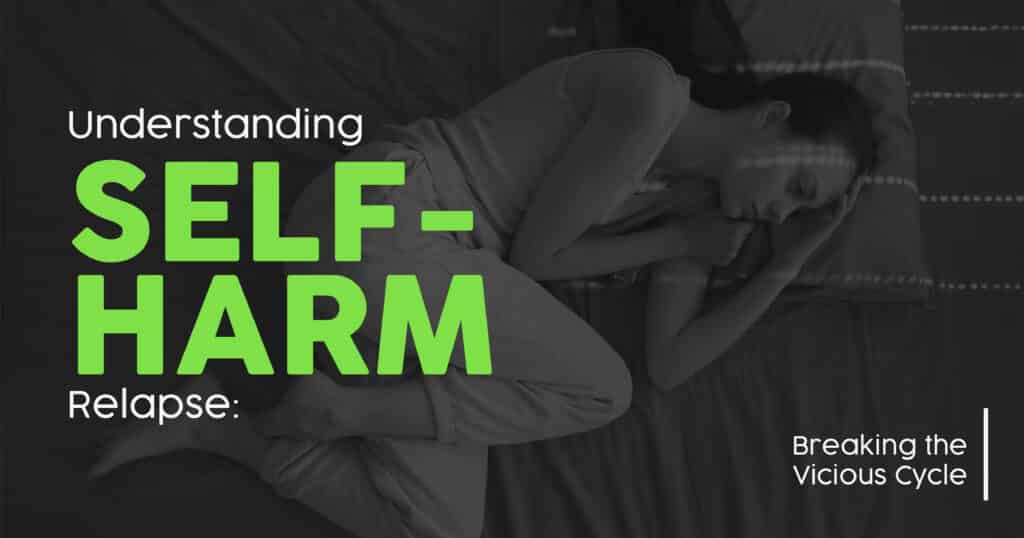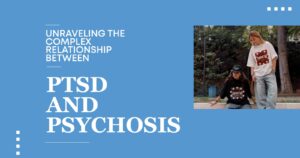Self-harm relapse can be a distressing and painful experience for those who have struggled with self-harming behaviors in the past. Despite making progress towards recovery, periods of relapse can occur, bringing forth a range of emotions and challenges. It is crucial to address this issue compassionately, both for those who self-harm and their loved ones who support them.
Understanding the nature of self-harm relapse is the first step towards breaking the vicious cycle. This article aims to shed light on the triggers, signs, and strategies to overcome self-harm relapse, providing guidance for individuals seeking to heal and recover.
What Causes Self-Harm Relapse?
Self-harm relapse can occur due to various triggers, and each person’s journey is unique. However, some common factors that contribute to self-harm relapse include:
Emotional triggers:
- Intense negative emotions, such as sadness, anger, or frustration, can overwhelm individuals, leading to a relapse.
- Feeling trapped or powerless in challenging situations can also trigger self-harming behaviors.
Environmental triggers:
- Being in an environment that reminds individuals of their past self-harming behaviors can reignite the urge to self-harm.
- Unsupportive or triggering relationships or conflicts can exacerbate vulnerability to relapse.
Lack of coping mechanisms:
- Inadequate or ineffective coping strategies may leave individuals with limited alternatives to deal with distressing emotions or situations.
- Substance abuse or addiction, when used as a coping mechanism, can contribute to self-harm relapse.
Hillside Horizon
Recognizing the Signs of Self-Harm Relapse
It is crucial to be proactive in identifying the signs of self-harm relapse to provide timely support for oneself or a loved one. Some common signs may include:
Increased secrecy:
- Withdrawal from loved ones and a reluctance to discuss emotions or struggles can be indicative of self-harm relapse.
- Attempts to hide scars or injuries may signify a return to self-harming behaviors.
Changes in behavior or mood:
- Abrupt shifts in behavior, mood swings, or persistent sadness can signal the presence of self-harm relapse.
- Uncharacteristic irritability, agitation, or long periods of silence may be a cry for help.
Resurgence of self-destructive thoughts:
- Repeated thoughts of self-harm or feelings of worthlessness and hopelessness should never be ignored.
- Expressions of feeling trapped or believing that there is no way out may indicate an impending relapse.
Hillside Horizon
Strategies to Overcome Self-Harm Relapse
Breaking the cycle of self-harm relapse requires determination, support, and the development of healthy coping mechanisms. Here are some strategies to support healing and recovery:
Reach out for support:
- Open up to a trusted friend, family member, or therapist about your struggles and seek their understanding and support.
- Join support groups or online communities dedicated to self-harm recovery to connect with individuals who can relate to your experiences.
Develop healthy coping mechanisms:
- Explore and adopt healthy coping mechanisms to replace self-harming behaviors. Examples include engaging in creative outlets, journaling, practicing mindfulness, or seeking professional help.
- Identify and avoid triggers as much as possible, and replace harmful habits or situations with healthier alternatives.
Create a safety plan:
- Establish a safety plan with your therapist or mental health professional to outline steps to take in times of distress or relapse, including emergency support contacts.
- Utilize grounding techniques, such as deep breathing exercises or engaging the senses, to manage overwhelming emotions.
FAQs about Self-Harm Relapse
Can self-harm relapse be prevented?
While it may be challenging to prevent relapse entirely, building a strong support system and employing healthy coping mechanisms can reduce the risk and duration of self-harm relapse.
Will self-harm relapse hinder recovery progress?
A self-harm relapse is a setback, but it does not erase the progress already made. Each relapse can provide valuable insight and opportunities for growth.
How long does self-harm relapse typically last?
The duration of self-harm relapse varies from person to person. Recovery from a relapse often involves learning from the experience, seeking support, and implementing healthy coping strategies to overcome it efficiently.
As a parent seeking help for our struggling teen, we couldn’t have asked for a better place than Hillside Horizon for Teens Center for Teens. From the moment we reached out, we were greeted with warmth and understanding, which set the tone for the transformative journey ahead. – Erica Mahan
Hillside Horizon
Conclusion: Breaking Free from the Vicious Cycle
Self-harm relapses can be discouraging, but remember that healing is not linear, and setbacks are a part of the journey. By understanding the triggers, recognizing the signs, and employing strategies to overcome self-harm relapse, individuals can break free from the vicious cycle.
Seeking support, exploring healthy coping mechanisms, and creating a safety plan are essential steps in reclaiming your life and embracing the path to recovery. Remember, you are not alone, and there is hope for a brighter future.
Hillside Horizon for Teens is designed to help adolescents work through the struggles hindering their daily lives. Our mission is to equip teens with healthy coping skills relevant to the present and adaptable to their future





